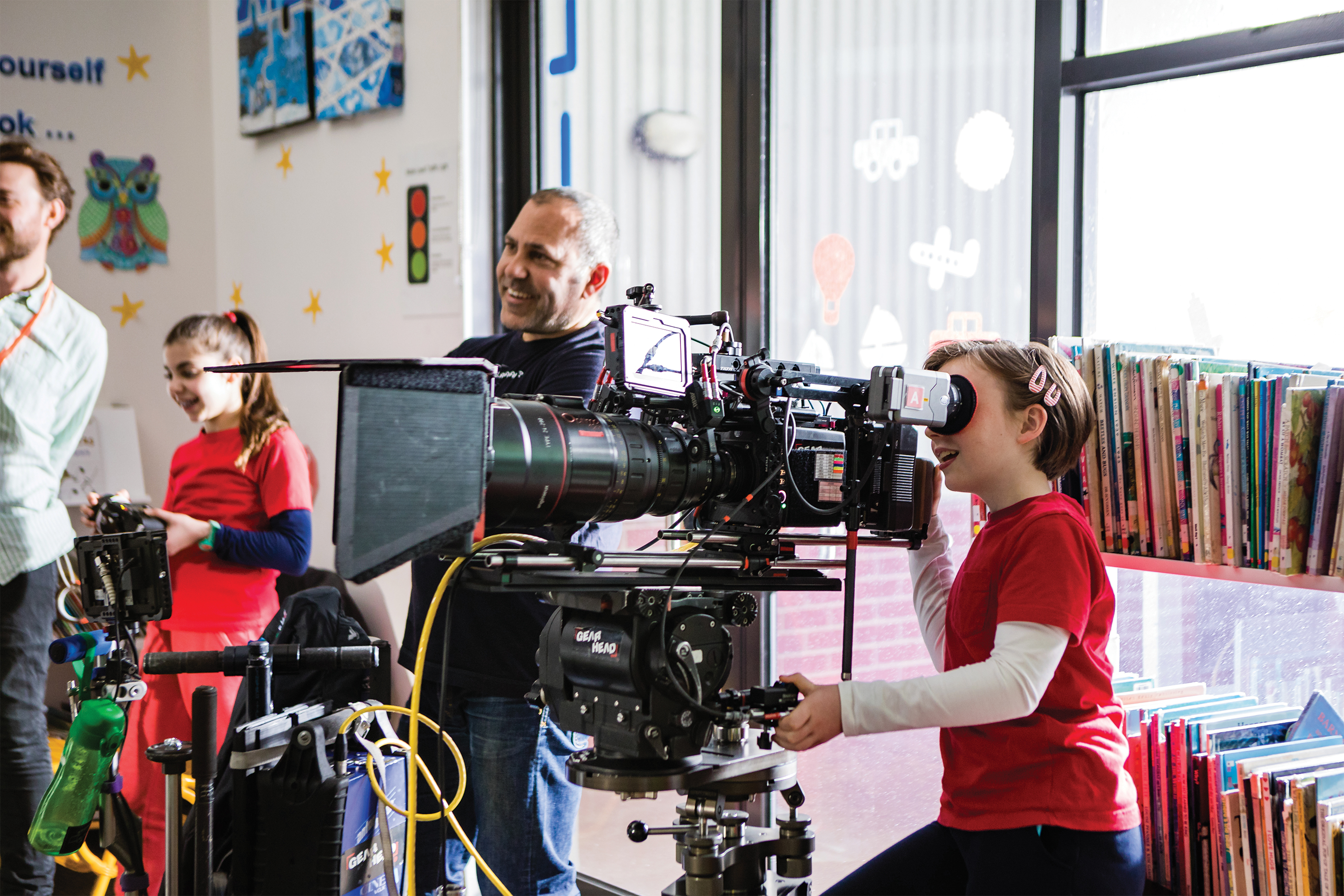1. What story could you share about our world?
You have already explored why and how other people tell screen stories about our world. Now can you think of information, ideas, or a story that you would like to communicate?
Some possible ideas include:
- Local environments
- Seasons
- Weather
- Animals
- Local community
- Aspects of your language or culture
- Our social world of friends and family
- School values
- Your interests or hobbies
Discuss:
In a student group or pair, share your ideas for a screen story. Which idea interests you most? What is the purpose of a story like this and who would your intended audience be? Would you work individually or with other students to create it?
2. How will you tell your story?
Thinking about your story idea, your purpose and your audience will help you to decide the best way to tell your story on screen. You will also need to consider the time and resources you have available for this project.
Some ideas include:
- A sequence of drawings, photos, or other images.
- A presenter sharing a news report or documentary.
- Interviewing people about an interesting subject.
- Live action footage of actors, nature footage, or more.
- Actors playing characters in a narrative.
- Using puppets or toys to tell a story.
- Stop-motion animation using paper, clay, Lego or other materials.
- Using a green screen within a Zoom call then add actors, puppets, toys or other objects.
Watch:
Stop-motion animation is a simple and fun way to share a story about our world. ACTF team member Kaede recently made this stop-motion film using origami and a paper background.
After deciding on the story you will tell – and the best way to tell it – there are still a few steps to take before creating your film.
Research:
Gather any extra information or materials you will need to tell the story. This could include reading up on your topic, collecting images and resources or conducting interviews.
Planning:
Which device will you use for filming? Does your classroom have enough tablets, computers or cameras for everyone to create a film individually? If not, you will need an equipment timetable or to work in groups.
Map out the key points of your film using a storyboard template. This will help you to decide what content will be included and in what order. You could then write a more detailed script if it is needed for your project.
Print the following planning document to record your ideas.
Resources:
There are so many helpful resources available to help you bring your ideas to life. The following links will help you share your story on screen.
Story Building and Screenwriting learning resource – ACTF online resource for Years 5-8.
Sound Design learning resource – ACTF online resource for Years 4-6.
Light and Colour learning resource – ACTF online resource for Years F-2.
Digital Music Composition learning resource – ACTF online resource for Years 3-8.
iMovie – Editing software for Mac / iOS devices. Instructional videos are available on here.
Windows Movie Maker – Editing software for PC. Instructional videos are available here.
ACMI Film It – Comprehensive resources and tutorials for student filmmaking.
AFTRS Media Lab: Stop Motion – Practical introduction to stop motion animation including comprehensive teacher guide.
AFTRS Media Lab: Filmmaking – Introduction to making a short narrative film including comprehensive teacher guide.
Stop Motion Studio – Free app for iOS devices.

